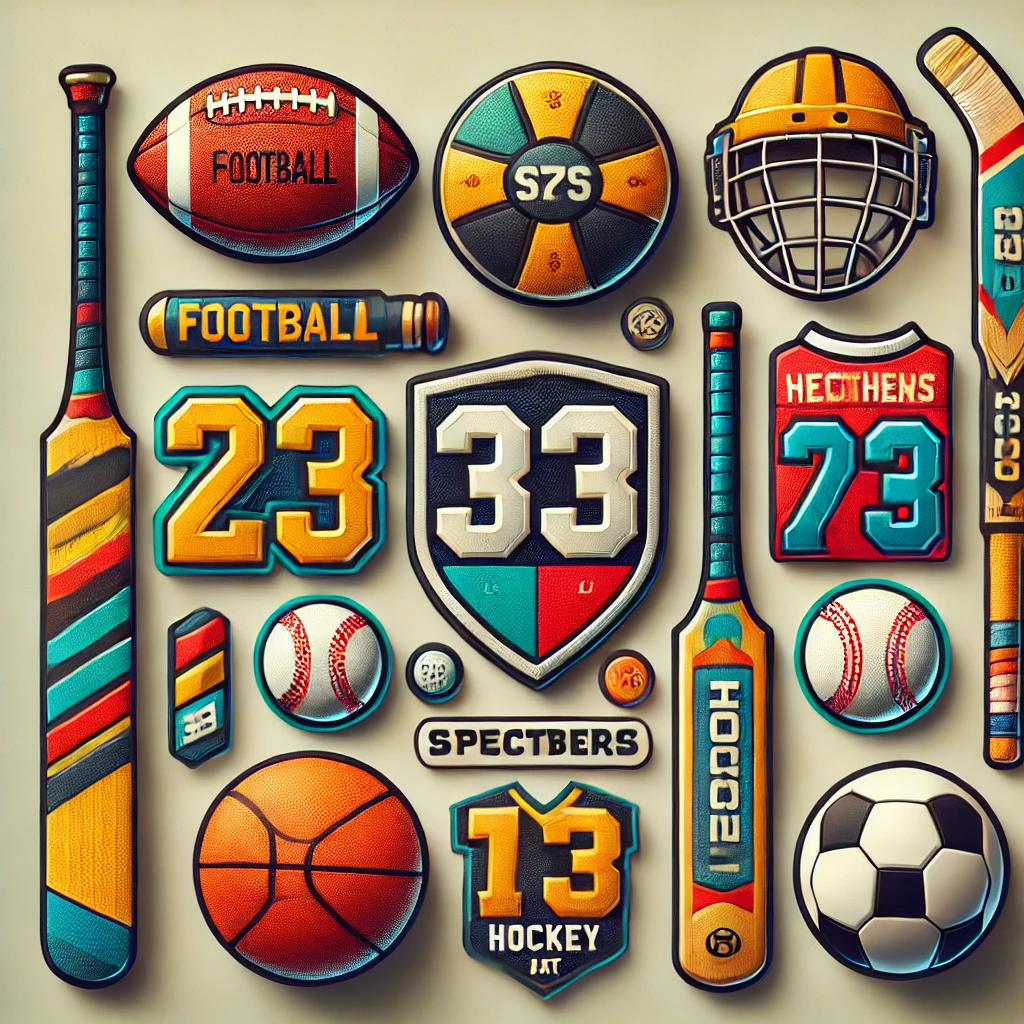One of the most important and crucial aspects to consider when you order your custom embroidered patches is to decide on the embroidery coverage, because this decision can make or break your patch design and also the bank. What is it? How do you do that? Does it make a difference? Yes it does, and below we will explain you the basics and the calculations to do that properly.
Manufacturing an embroidered patch requires two basic raw materials:
- Twill
- Embroidery Thread
These two raw materials are the basis of what forms the embroidery coverage/percentage.
What Does Embroidery Coverage Mean?
The term embroidery coverage or embroidery percentage is used to define the percentage of the design that is formed by using stitches or thread.
Embroidery coverage or embroidery percentage is a very important aspect of any patch design as it affects the look of the patch as well the cost. Every 1 square inch can consist a maximum of 2,000 stitches of embroidery coverage.
Basic Technical Information
Remember the following figures:
¼ square inch = 500 stitches
½ square inch = 1000 stitches
1 square inch = 2000 stitches
A 3 inch x 2 inch patch consists of 6 square inches, which means it can have a maximum of 12,000 stitches.
A 3 x 2 inch rectangular patch has an area of around 6 square inches and with 100% embroidery coverage it can consist of a maximum of 12,000 stitches, now the way to reduce this stitch count and reduce the embroidery coverage/percentage is to minimize the number of stitches that are used to create the design.
How to Calculate?
If you want to calculate the percentage/coverage of embroidery for any design you need to work according to the following formula:
Number of actual stitches / Maximum number of possible stitches x 100 = Embroidery Coverage
A 3 inch circular patch has an area of 7.068 square inches and with 100% embroidery coverage it can consist of a maximum of 14,136 possible stitches, now the way to reduce this stitch count and reduce the embroidery coverage/percentage is to minimize the number of actual stitches that are used to create the design.
Let us explain it with an example:
Let’s say you are making a circular 3” embroidered patch and your design consists of a light blue sky (around 5 square inches) and white clouds (around 2 square inches). Now, you need to decide if you want to select:
Option 1: Light blue thread to form the sky and white thread to form the clouds, or;
Option 2: You will use a light blue twill to form the sky and white thread to form the clouds.
If you go with option 1 you will be doing 100% embroidery coverage because you are using stitches/thread to form both, 5 square inches of the sky and 2.068 square inches of the clouds.
If you go with option 2 you are using light blue polyester blue as the sky and will use white thread to stitch the clouds (2.068 square inches x 2000 stitches = 4,136 stitches), therefore you save 10,000 stitches by using the light blue twill as the sky and the embroidery coverage for this option will be 29.25% using the above formula.
4,136 / 14,136 x 100 = 29.25%
What is better?
When it comes down to what is better, it depends. Less embroidery coverage can definitely save costs especially if you are making large quantities but a higher embroidery coverage is much better if you are considering the aesthetics of the patch. The same design with 100% embroidery coverage will have a more premium look than a patch with 50% embroidery. So, it depends on what your priorities are and your own approach in designing embroidered patches.
At UltraPatches we have a look at your design and figure out the most cost effective way to create your custom embroidered patches and the most efficient embroidery coverage according to your priorities. If you are interested in making custom embroidered patches but can’t seem to decide on what the best embroidery coverage should be for your designs leave it to our expert digitizers and designers. Fill out the quote form and sales representative will contact you within 24 hours with a price quote.


